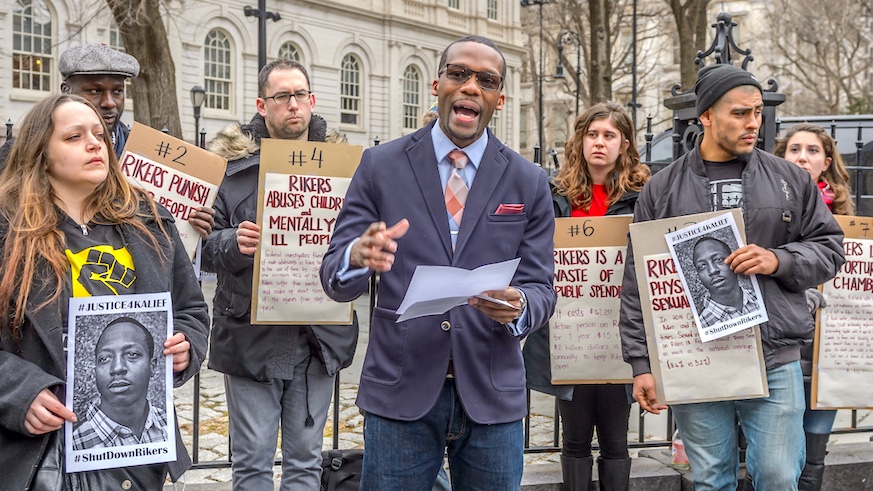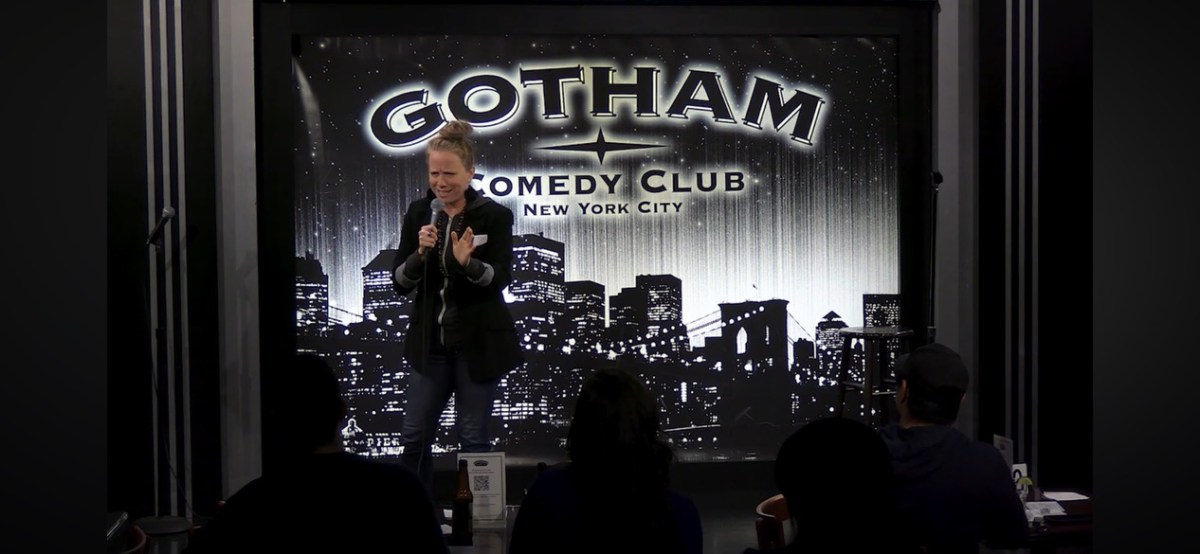Just three decades ago, New York City was a dangerous place. But after an economic upturn, the end of the crack epidemic, Mayor Rudy Giuliani and NYPD Commissioner Bill Bratton’s broken windows campaign, and further security measures in the wake of 9/11, New York is now among the safest cities in the world.
Now, another move is set to transform the city’s criminal justice system: closing the Rikers Island prison complex by 2027 and shifting to a network of borough-based jails. It’s a tectonic shift that will affect not just the people within the criminal justice system but every New Yorker, prompting the nonprofit Open House New York to launch a year-long series called Spaces of Justice that takes people inside the buildings where policing, justice, punishment and support happen.
“At Open House New York, we look at big scale systems and infrastructure and devote a year to exploring how we make space for them,” explains Gregory Wessner, executive director of OHNY.
“Our interest is really in looking at this issue from a citywide perspective and recognizing that this affects all of us on some level, and to really bring this conversation out into the public forum. Because a lot of people don’t think about it and don’t understand how this works: the spaces that exist all around us in all the boroughs in which safety and justice are performed.”
The series begins tonight with a panel that reimagines a new criminal justice system called Redefining Safety and Justice for the 21st Century City at Cooper Union. As with many Open House New York events, admission is free but space is limited, so registration is required. Further events and tours will be announced as the series unfolds.
Beyond jails and prisons, Spaces of Justice will explore how society deals with crime, from before it happens to after inmates are released. That means looking at facilities providing services like mental health and drug treatment, probation offices, transitional housing, courts and job training centers. Some of the issues to be discussed include the effects of gentrification, how communities respond to minor incidents, and whether urban design can prevent crime.
After all: Most of the people in prison today will return to their communities, and preventing them from committing more crime is in everyone’s interest.
“If the middle of the story is incarceration, there is a beginning and there is an aftermath, so it really looking at the spaces that exist along that journey,” he says. “And more and more, from government to nonprofits to social services, there is a real interest in trying to divert people out of the jail system before they even get there. That’s a growing part of the story.”

























